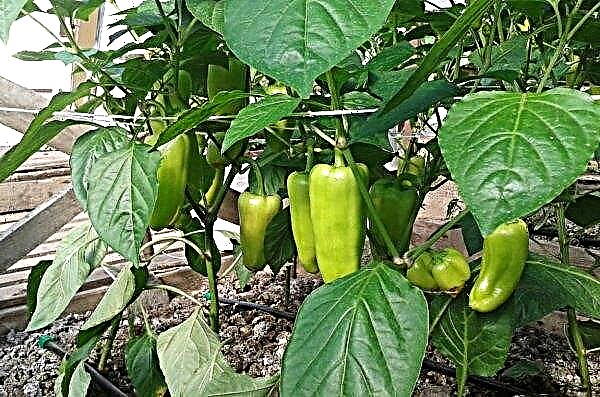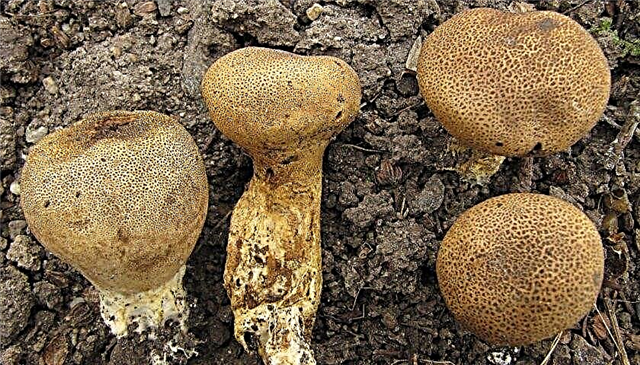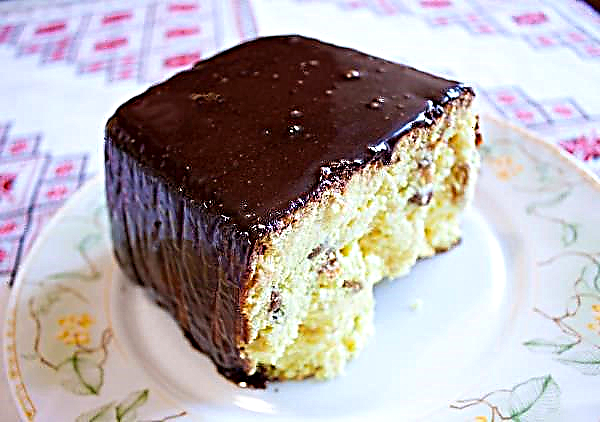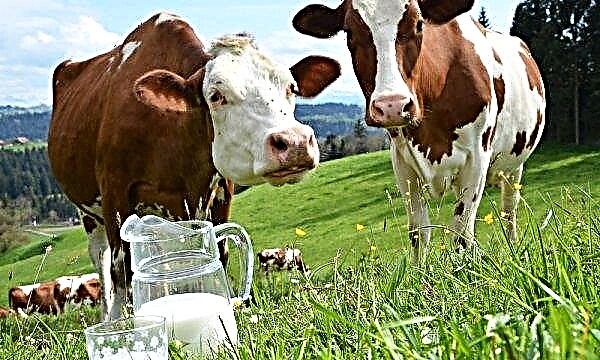Potatoes are grown everywhere, and not only on farm fields, but also on individual plots and cottages. The agricultural technique of growing this vegetable includes a technique such as hilling. Often, gardeners carry out this operation manually, spending a lot of time and effort. Now there are many devices, including mechanized ones, facilitating the work of hilling potato bushes.
The choice of technology
Most often, the following devices are used for hilling:
- walk-behind tractor;
- cultivator;
- disk hiller;
- tractor.
Did you know? The Indians were the first to cultivate potatoes 4 thousand years ago in what is now Peru. They were able to breed about 200 varietal varieties of this plant culture.
Each technique has features, advantages and disadvantages. The choice largely depends on the area on which it will be used. For small plantings of potatoes, it is convenient to use a manual disk hiller or cultivator. Disk hiller is inexpensive and can even be made with your own hands. It has the form of two metal disks heading towards each other. They can not only spud bushes, but also loosen the soil after harvesting.

The cultivator can do all this, only it is a mechanism, it is more expensive, but more convenient to use. With the help of attachments, he not only loosens, but also spuds, digs up root crops, makes weeds weed. He does not move fast and does not weigh much. It can be electric, gasoline and manual.

A walk-behind tractor is more expensive than a cultivator, but also more powerful than it. It has a more complex structure with a mechanical drive to the wheel shaft and an internal combustion engine. At its core, it is the front of the tractor. This is a more productive mechanism that can perform a large number of operations (depending on the devices) - to sow, remove snow, mow, and harvest.
The walk-behind tractor can handle heavy soil. Among the nozzles there is a disk hiller or a plow-shaped hiller. It moves easily and quickly, travels back and forth, and can be used to transport goods. A walk-behind tractor makes sense if you have more than 30 acres of land available.

The tractor has the greatest power and is used on large areas of farms. At large landing scales, T-25 models are used. With small areas you can buy a mini tractor. A special hiller clings to the tractor in the form of a metal frame with attachments and wheels in front.
Important! For the entire season, 3 hills of potatoes should be made: when the tops grew to 15 cm, then after 14 days, and the next — after another 14 days.
Five-row options allow for 5 rows of potatoes to be processed in one pass of the tractor. Three-row options are also in demand. Special cultivators are also available for comb ridders and hillers: KGO-3.0, KGO-3.0G, KGO-3.6. The price of such equipment is considerable. But such a technique can be used for a variety of jobs, using various cultivators, and quickly process large plantings of crops.

How to spud potatoes?
The use of each mechanism for hilling potatoes has features.
Walk-behind tractor
Before the process, the following preparation of the walk-behind tractor must be carried out:
- Install 2 baking powder in front. Behind attach a hiller, which covers the bushes with soil.
- Correctly adjust the distance between the discs. At the same time, install the device itself so that the bed with the landing is located between them.
- Adjust and set the desired depth of immersion in the soil and the required slope for the plane cutter.
- The hilling process is initially carried out at 1 speed so as not to damage the crop. The walk-behind tractor should be driven approximately in the center.
- When the first row is passed, the device is deployed and continue to work in the opposite direction.
Important! When using the technique, potatoes are initially planted with a row spacing convenient for the passage of machinery and mechanized processing.
When working with a walk-behind tractor, care must be taken not to damage the tubers. To increase the power of the walk-behind tractor when working on heavy soil in composition, it is necessary to install a special creeper. The increase in power is due to a slowdown in the speed of the disks and an increase in torque. It is mounted on the device.

When processing a large area of planting potatoes, you can use the three-row nozzles, which are designed for hilling 3 rows at a time.
Cultivator
Use the cultivator in this way:
- Set the mechanism between the potato rows.
- Hilling is done at the first speed. At the same time, they make sure that the mechanism is in the center. In the process, regulate the hilling depth.
- After the end of the row, the cultivator is deployed and the next one passes. Hilling with a cultivator should be done slowly so as not to harm the bushes.
Disc hiller
To work with such a manual hiller, 2 workers are required. One will go in front and pull the fixture, and the second will set the direction and depth by pressing on the hiller. The row to be processed should be between the hiller disks. They are installed before work on the sides of the row and immersed in the ground to the desired depth.

Tractor
To carry out the earthing up tractor perform the following:
- The hiller is hooked to the tractor with the engine off.
- Check the tightness and integrity of all fasteners. Be sure to compare the installation of the working sections with the row spacing.
- On wheels set the correct direction of the tread. You should set the depth of immersion and rotation of the legs.
- You can start moving only after the hiller has been set to working position.
- To perform a U-turn, the hiller is raised, a U-turn is made, and only then is it lowered, continue to move.
Video: hilling potatoes with MTZ 80 tractor
Properly selected tools for hilling will facilitate the work of the vegetable grower and pay off with a rich harvest. The choice depends on the landing area and financial capabilities. A cultivator is sufficient for small areas.












